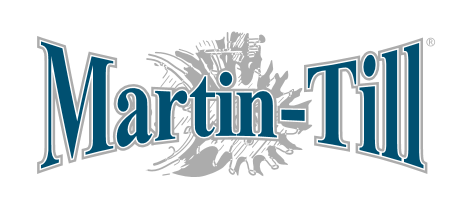“I started off with a 3-coulter Rawson set up, but it got really hard to no-till into winter wheat stubble because we are a little cooler climate. I transitioned to strip-till to warm up the winter wheat ground and now I’m planting into green cover crops…” — Brian Newcombe
In this episode, Editor, Frank Lessiter, chats with Canadian no-tiller and strip-tiller Brian Newcombe. Brian’s diverse operation that includes a dairy, chickens and about 1,800 acres of corn, soybeans and wheat is spread out over more than 100 separate small plots.
His operation, Cornwallis Farms, has been in his family since 1761. It sits in a fertile microclimate in Nova Scotia and drains into the Bay of Fundy, which was designated as one of North America’s 7 Natural Wonders in 2014. Brian uses a multi-species cover crop mix and has been working on a three-year analysis of planting green.
“I’ve done replicated plots of cover crop after winter wheat so we get a nice 8-9-way mix. And then we burn down, every other strip in the fall, and let the other strip go green,” he says. “In the spring, I’ll strip-till the sprayed plot and the other one I’ll plant into green cover. The first year, we replicated the trials in 8 plots. In the fall strip-tilled ground-up, yield was 2.3% higher than planting into the green in spring.”
In addition, we share a story about how Ohio became an early leader in no-till adoption and Frank explains why some people hate no-till.
P.S. There’s lots more great no-till stories and history in Frank Lessiter’s new book, From Maverick to Mainstream: A History of No-Till Farming. Check it out here.
The No-Till Influencers & Innovators podcast series is brought to you by Martin Industries.
Since 1991, Martin Industries has designed, manufactured and sold leading agriculture equipment across the U.S. and Canada. Known for Martin-Till planter attachments, the company has expanded to include a five-step planting system, closing wheel systems, twisted drag chains, fertilizer openers and more in their lineup. Their durable and reliable planter attachments are making it possible for more and more farmers to plant into higher levels of residue. Click here to learn more.
Intro Music: Glenn Campagna - Folk Love
Interlude Music: Willow - Walk Into Forever












